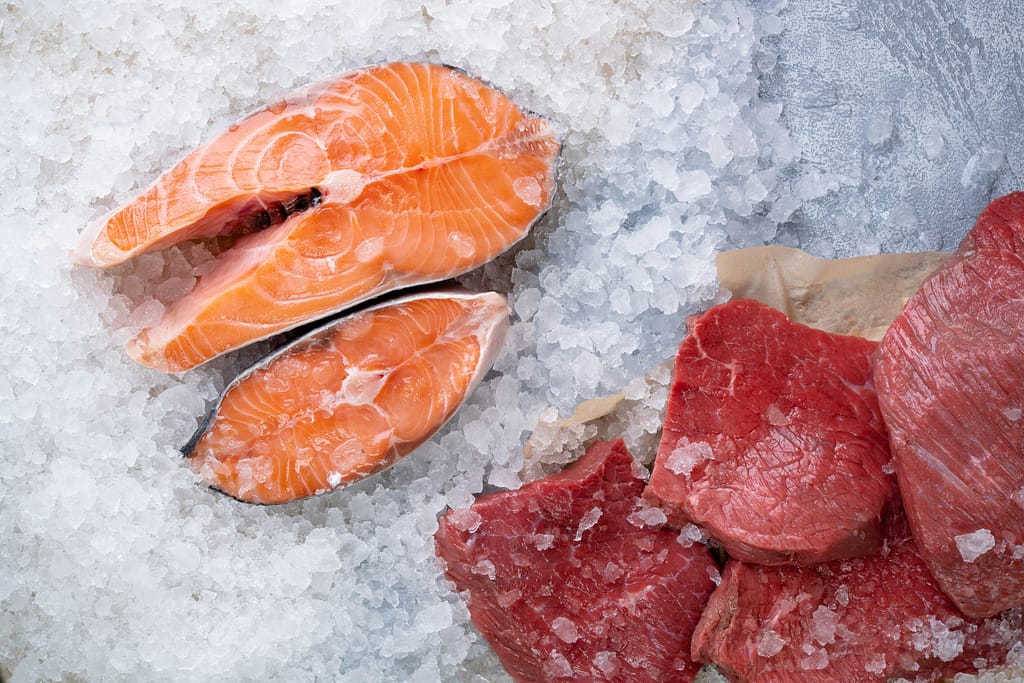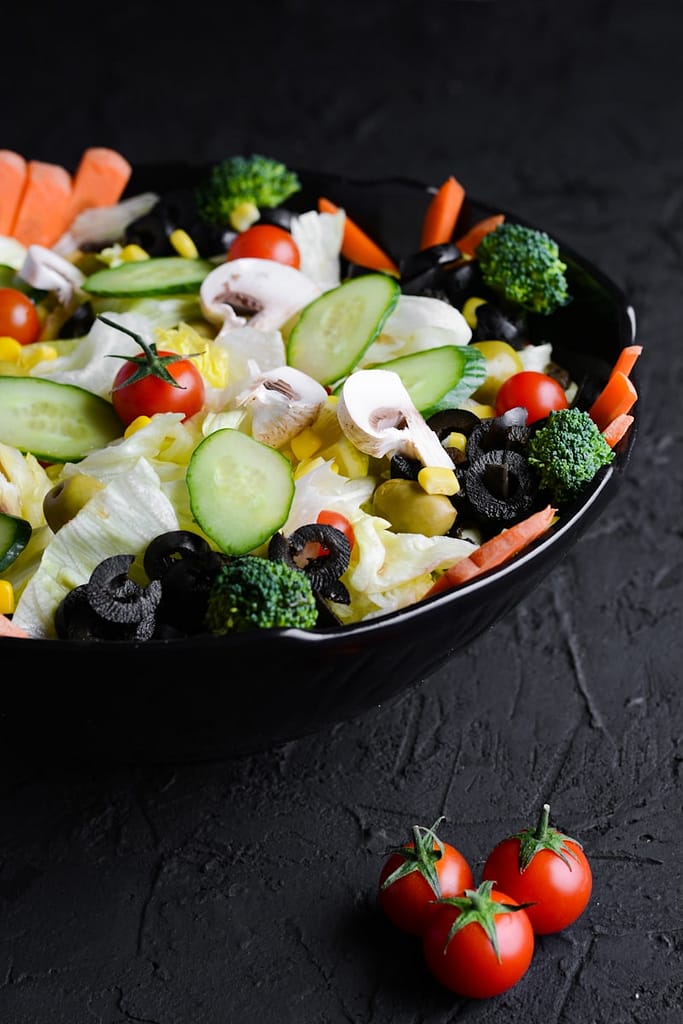By Jet, NoFatJabs Founder | June 20, 2025 | [Natural Weight Loss, Health History]
Word Count: ~1400 | Reading Time: ~7 min
Introduction
Today, we’re diving into how our diets went from nourishing to naughty (politely putting it) and why we find ourselves eating for pleasure, not health. Picture this: a century ago, families sat around tables laden with real food. Heart disease and cancer were not a concern. Fast-forward to today, and we’re drowning in processed junk, designed for profit (yes, a product from the science lab, made for addiction and companies’ financial gains). The public have been misled by myths to help sell this rubbish, like “breakfast is the most important meal of the day” only to introduce cereals, while brandishing Eggs, Butter and Red Meat, a cause for concern. Let’s trace this journey, uncover the truth about healthy foods, and kickstart your weight loss with natural food and suppliments with back-to-basics eating. Lets rewrite your health story!
Early 1900s: A Time of Real Food and Rare Disease
In the early 1900s, the average Western family – UK or US – ate a diet that’d make your nan proud. Those who could afford it, the stable diet was: hearty cuts of beef, lamb, or fish, slathered in butter or lard, paired with root veggies like potatoes and carrots. Eggs and whole milk were breakfast staples, desserts were rare treats, not daily indulgences. Families ate seasonally, with no supermarkets flying in winter tomatoes. Food was local, home-cooked, and packed with nutrients.
Here’s the twist: heart disease and cancer were uncommon. In 1900, heart disease was a minor cause of death, far behind infections like tuberculosis. Cancer? Even less frequent – only about 3-5% of deaths compared to around 25% today. Why? Diets were rich in animal fats (butter, lard), meat, and fish, which are high in omega-3s and saturated fats, known to support heart health and reduce inflammation. Physical activity was common; people walked, worked on farms, or engaged in manual labour. Obesity? Barely noticeable. Families were slim, healthy, and lively. Although they were not aware of it, they were eating for nourishment, how often do you now find yourself eating for the taste, the pleasure? THIS ADDICTION FOR PLEASURING YOURSELF THROUGH EATING HAS BEEN DESIGNED IN A SCIENCE LAB. KNOWING THIS WILL AID YOUR UNDERSTANDING OF WHY YOUR OVERWEIGHT!
Kellogg’s and the Breakfast Cereal Revolution

Fast-forward to the 1920s, and enter Kellogg’s, the game-changer that flipped breakfast on its head. John Harvey Kellogg, a health reformer, pushed ready-to-eat (RTE) cereals as a “healthy” alternative to eggs and bacon. By the 1930s, Corn Flakes and other cereals were staples, marketed as convenient and nutritious. The catch? They were processed foods, stripped of nutrients and laced with sugar. Kellogg’s coined the phrase “the most important meal of the day” – a marketing ploy, not science – to sell more boxes. No studies backed this claim; it was pure ad genius. By the 1950s, 41% of kids ate RTE cereals, contributing ~9% of daily calories (161 kcal/day for eaters).
These sugary carbs replaced protein-rich eggs and healthy fats, spiking blood sugar and leaving families hungry by 10 AM. This shift marked the rise of pleasure-driven eating – tasty, quick, but not nourishing.
Seed Oils and the Low-Fat Lie
By the 1950s, things got murkier. Scientist Ancel Keys championed the Diet-Heart Hypothesis, blaming saturated fats (butter, meat) for heart disease, which was rising post-WWII. His Seven Countries Study linked high-fat diets to heart issues, but ignored data from low-fat, high-disease regions (a misleading study). This sparked a low-fat craze, backed by the 1977 Dietary Goals for the United States, urging less meat, eggs, and dairy.
Enter seed oils (soybean, corn, canola), touted as “heart-healthy” polyunsaturated fats (PUFAs). From 1909 to 2010, salad/cooking oil use soared 329%, while butter dropped 68% and lard 78%. Margarine replaced butter, and processed foods – think biscuits, crisps, and microwave meals – flooded shelves. Food companies loved seed oils: cheap, shelf-stable, and perfect for ultra-processed junk. But here’s the rub: PUFAs, especially omega-6-heavy seed oils, disrupt the omega-3:6 ratio (from 1:1 in 1900 to 10:1 today), fuelling inflammation linked to heart disease, diabetes, and cancer.

Meanwhile, processed foods exploded. By the 1980s, meal prep time plummeted from 1 hour to 20 minutes, with takeaways and ready meals dominating. These ultra-processed foods – high in sugar, sodium, and trans fats – now make up ~60% of US diets, driving obesity (40% prevalence), diabetes (166% rise since 1980), and heart disease. The irony? The “healthy” low-fat diet made us sicker, as sugar replaced fats, and processed carbs spiked insulin. This period started the increase in the consumption of carbohydrates, and quite rightly, brought about the term that weight increase “was not your fault.”
The Truth: Butter, Meat, Fish Are Health Heroes

Here’s the good news: science is catching up. Recent studies (e.g., 2013 New England Journal of Medicine) show saturated fats in butter, meat, and dairy have a neutral or protective effect on heart health. Omega-3s in fish (like salmon) cut heart attack risk by ~33%, while red meat’s link to disease is overstated – processed meats (bacon, sausage) are the real culprits. Butter and animal fats (lard, tallow) are nutrient-dense, stable for cooking, and don’t inflame like seed oils. Meat and fish provide protein, B vitamins, and iron, supporting satiety and muscle health – key for weight loss. The Mediterranean diet, rich in fish, olive oil (not seed oils), and minimal red meat, proves that whole foods win. Our 1900s ancestors had it right: real food, not processed junk, keeps us slim and healthy. Ready to eat like them?
Three Diverse Eating Paterns
Virtues of the Protein, mainly Meat, Carnivore Diet
The all-meat carnivore diet, focusing solely on animal products like beef, lamb, fish, and eggs, strips away processed carbs and inflammatory seed oils, delivering a powerhouse of benefits. Packed with protein, B vitamins, iron, and zinc, it fuels muscle growth and keeps you full, curbing cravings that drive junk food habits. Studies show carnivore diets can slash inflammation (e.g., 20% reduction in C-reactive protein) and support weight loss (5-15 lbs in 8 weeks) by stabilising blood sugar and promoting ketosis, where your body burns fat for fuel. Unlike the carb-heavy diets of today, carnivore eating echoes our 1900s ancestors’ reliance on nutrient-dense meats, fostering strength and vitality. It’s not for everyone, but for those seeking simplicity and results.

The Mediterranean Diet

The Mediterranean diet offers a wealth of health benefits. This eating pattern, inspired by traditional diets in countries like Greece and Italy and others that border the Mediterranean Sea, emphasises whole, nutrient-rich foods. It’s rich in fruits, vegetables, whole grains, legumes, nuts, and olive oil, with moderate fish, poultry, and wine, and minimal red meat or processed foods. Research highlights its role in reducing heart disease risk by up to 30%, thanks to healthy fats like omega-3s from fish and monounsaturated fats from olive oil, which lower bad cholesterol. It also supports brain health, potentially reducing cognitive decline and Alzheimer’s risk, as shown in studies like the PREDIMED trial. The diet’s high fibre and antioxidant content help regulate blood sugar, aiding diabetes prevention, and promote weight management by fostering satiety without heavy calorie counting. Its anti-inflammatory properties may also lower cancer risk and improve gut health. Beyond physical benefits, the Mediterranean diet encourages mindful eating and social meals, boosting mental well-being. Easy to adapt and sustainable, it’s a practical choice for long-term health,
The Vegetarian Diet
I have included the Vegetarian diet because it is an option. However, I’m not a fan. The diet excludes meat and fish. The specific protein gained from plants is not as comprehensive as that from red meat or fish. The diet would offer weight loss but extra supplements are required. Vegetarians are keen to extoll the diets virtues that include: vegetables, fruits, whole grains, legumes, nuts, and seeds. There are also studies that conclude the Vegetarian diet is beneficial. The stated benefits include the terms naturally ‘low-fat,’ and that it helps reduce ‘Cholesterol.’
Would it surprise you to learn that the experts are starting to understand that higher levels of Cholesterol is a benefit for the body with 20% to 25% required for good brain function, an advantage in later life. The term ‘Low Fat’ also has its opponents as the body needs good fats. I will publish a post that covers these points. Those that are true carnivores would never turn to the vegetarian diet, the same could not be said for vegetarians who find their ailments only improve when they move across!

So, What Action Can You Take Now To Start Your Weight Loss Journey?
Let’s face it, it’s taken a few years of indifferent eating to pile on the pounds. Losing those pounds will not happen overnight. You have to change your mindset. Once you do, and believe in it, it can be a downhill run.
Natural Fat Burners: Some clever people have been able to mix natural herbs and plant extracts, in a precise way, to produce complex formulas designed to reduce a few pounds a day. They offer you the start you need. There is no need to make drastic changes in what you eat. But let’s face it, taking time to look at what you eat and make changes to your diet is what your looking to do. arn’t you? Click this link to find out more!






